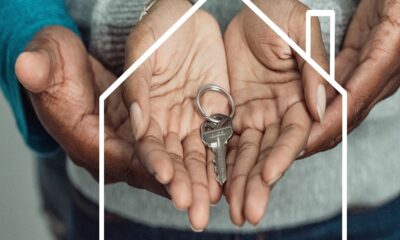If your debt is dragging you down, a debt consolidation loan could help put a dent in what you owe. Debt consolidation is a great way to take multiple balances and shrink them down into one. This lets you pay back your debts all at once instead of juggling multiple payments each month.
How Does Debt Consolidation Work?
Keeping track of several debt payments every month can be really overwhelming. Debt consolidation can make it easier for you to manage these debts by getting a new loan or balance transfer credit card. The funds from the new loan/credit card are typically used to repay your existing balances, helping you make a single payment every month, which, ideally, has a lower rate of interest than the combined rate you pay on all your different debts.
What’s the Best Way to Consolidate Your Debts?
There are various ways to consolidate debt. The right solution depends on numerous things, including how much debt you have, the rate of interest you are offered, and your credit history. Here are a few popular ways to consolidate your debt.
Debt Consolidation Loan
A debt consolidation loan is essentially a personal loan that is used to pay off multiple balances. It can be used to repay your medical bills, other personal loans, or credit card balances. Unlike credit cards that offer a form of revolving credit, a personal loan is an installment loan. So, you borrow a certain sum of money and pay it back with interest every month until the completion of the loan term.
Balance Transfer Card
A balance transfer credit card helps you move high-interest debts from one or more credit cards to a card with a low or nil fee. Ideally, you’ll want to get a card that offers a 0% APR for an introductory period (which lasts up to 24 months), so you can repay your balance interest-free over this period.
Home Equity Loan
A home equity loan helps you borrow money against the equity you have in your home. If you can get a lower rate than what you pay for your mortgage at present, you can also consider a cash-out refinance.

 Auto4 years ago
Auto4 years ago
 Auto4 years ago
Auto4 years ago
 Health4 years ago
Health4 years ago
 Tech & Gadgets4 years ago
Tech & Gadgets4 years ago
 Finance4 years ago
Finance4 years ago
 Health4 years ago
Health4 years ago
 Tech & Gadgets4 years ago
Tech & Gadgets4 years ago
 Finance4 years ago
Finance4 years ago







